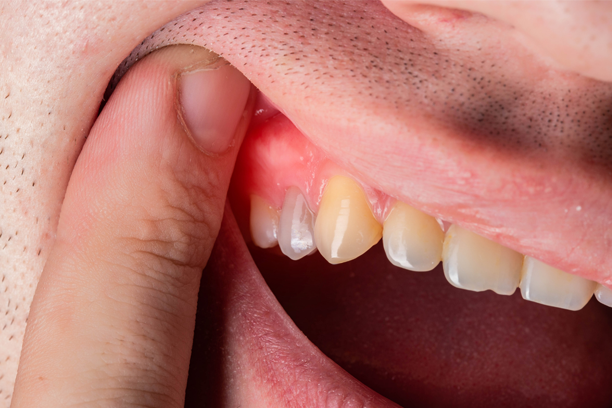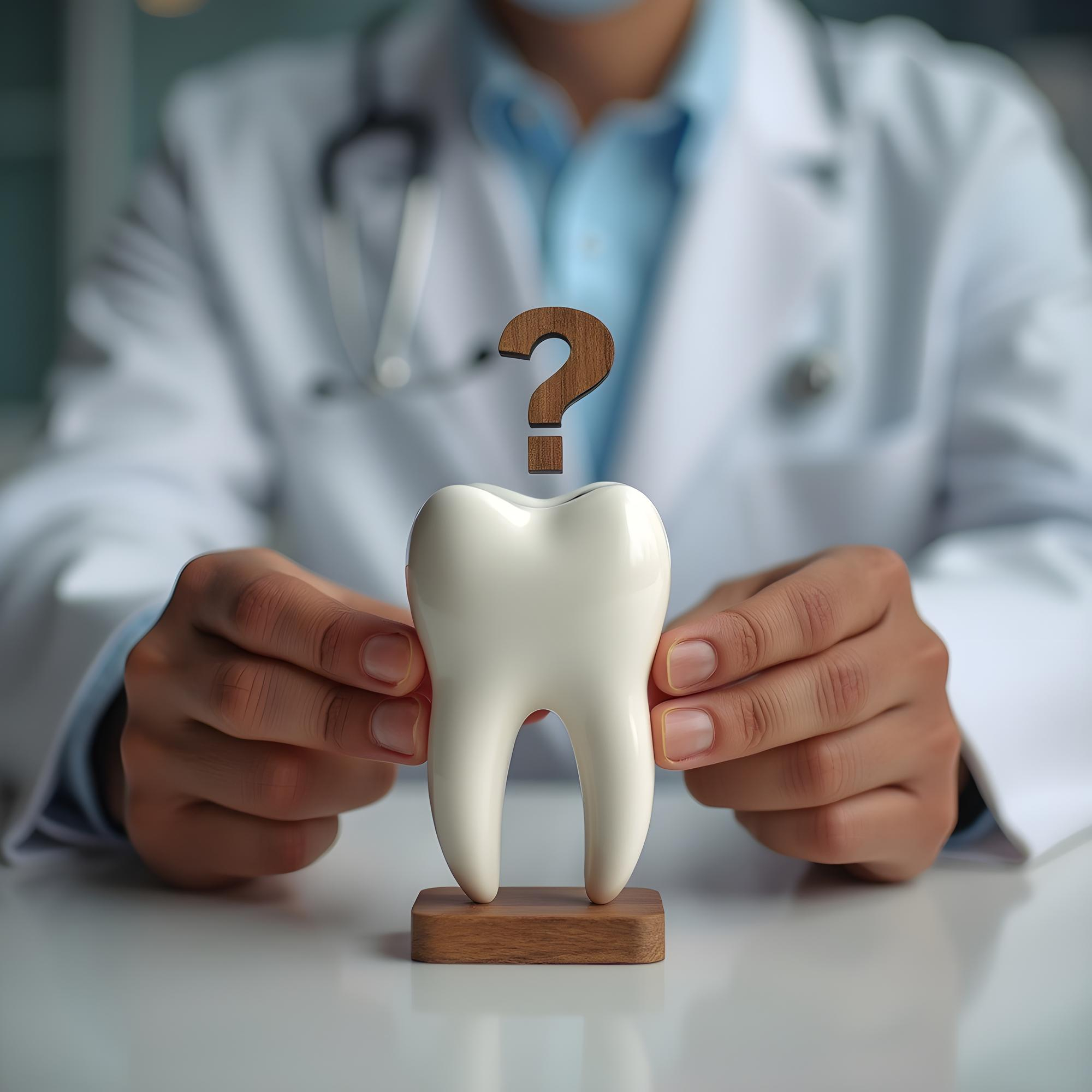Maxillofacial Cyst and Tumor Treatment

What are Maxillofacial Cysts and Tumors?
Maxillofacial cysts and tumors are abnormal growths or fluid-filled sacs that occur in the jawbones, oral cavity, and facial region. While most of these lesions are benign (non-cancerous), they can grow, cause facial deformities, pain, infection, and damage to teeth or bone if left untreated.
Common types include:
Odontogenic cysts (e.g. dentigerous cyst, radicular cyst)
Benign tumors (e.g. ameloblastoma, odontoma, ossifying fibroma)
Non-odontogenic cysts (e.g. nasopalatine duct cyst)
When is Treatment Needed?
Swelling or lump on the face, jaw, or inside the mouth
Persistent pain, numbness, or jaw discomfort
Tooth mobility or displacement due to underlying lesion
Cyst or tumor found on dental X-ray or CBCT scan
Benefits of Early Diagnosis & Surgical Treatment
Prevents further jawbone destruction or facial deformity
Preserves natural teeth and oral structures
Eliminates risk of infection, abscess, or malignancy
Restores normal facial contour and function
Boosts patient confidence and quality of life
Treatment Process
Clinical Exam & Imaging
X-ray or CBCT scan to locate the cyst or tumor
Biopsy
For diagnosis and to rule out malignancy
Surgical Removal
Performed under local/general anesthesia; involves enucleation, curettage, or resection
Reconstruction (if required)
Bone grafting or jaw contouring for large defects
Follow-up
Regular post-op checkups and imaging to ensure full recovery and prevent recurrence

Why choose us
- Personalized Treatment Plans: Tailored to your unique needs and goals.
- Advanced Technology: Utilizing the latest dental and facial aesthetic innovations.
- Experienced Professionals: Our team of skilled dentists and surgeons are dedicated to excellence.
FAQs(Maxillofacial Cyst and Tumor Treatment )
They’re abnormal growths in the jaw or facial bones, often benign but sometimes needing removal.
Swelling, pain, facial asymmetry, or difficulty opening your mouth.
Most are benign, but we always do a biopsy to confirm the nature.
Surgical removal followed by reconstruction or prosthetic support if needed.
For larger growths, yes. Minor procedures can often be done on an outpatient basis.


